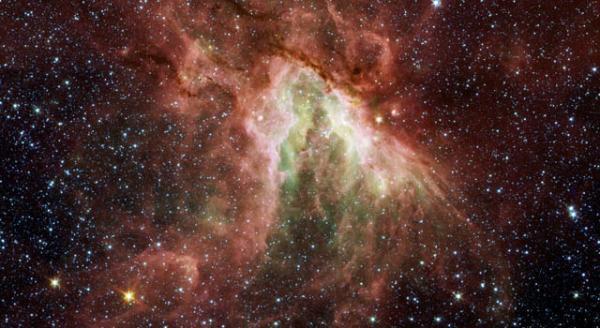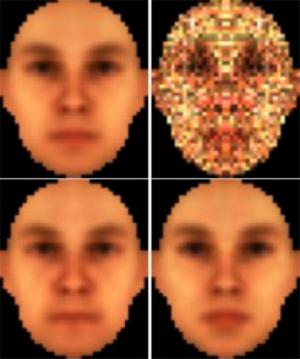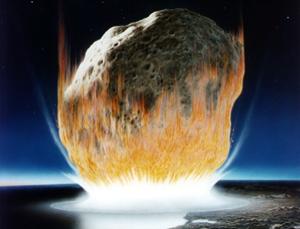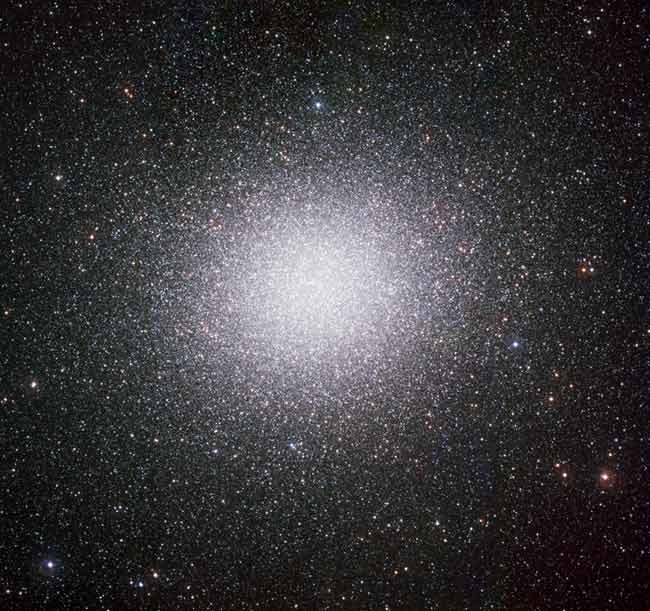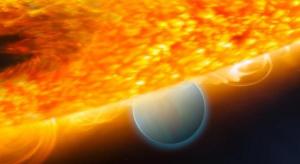
The Jupiter-sized planet, called HD 189733b, is too hot for life. But the Hubble observations are a proof-of-concept demonstration that the basic chemistry for life can be measured on planets orbiting other stars. Organic compounds also can be a by-product of life processes, and their detection on an Earthlike planet someday may provide the first evidence of life beyond our planet.
Previous observations of HD 189733b by Hubble and NASA's Spitzer Space Telescope found water vapor. Earlier this year, Hubble found methane in the planet's atmosphere.


